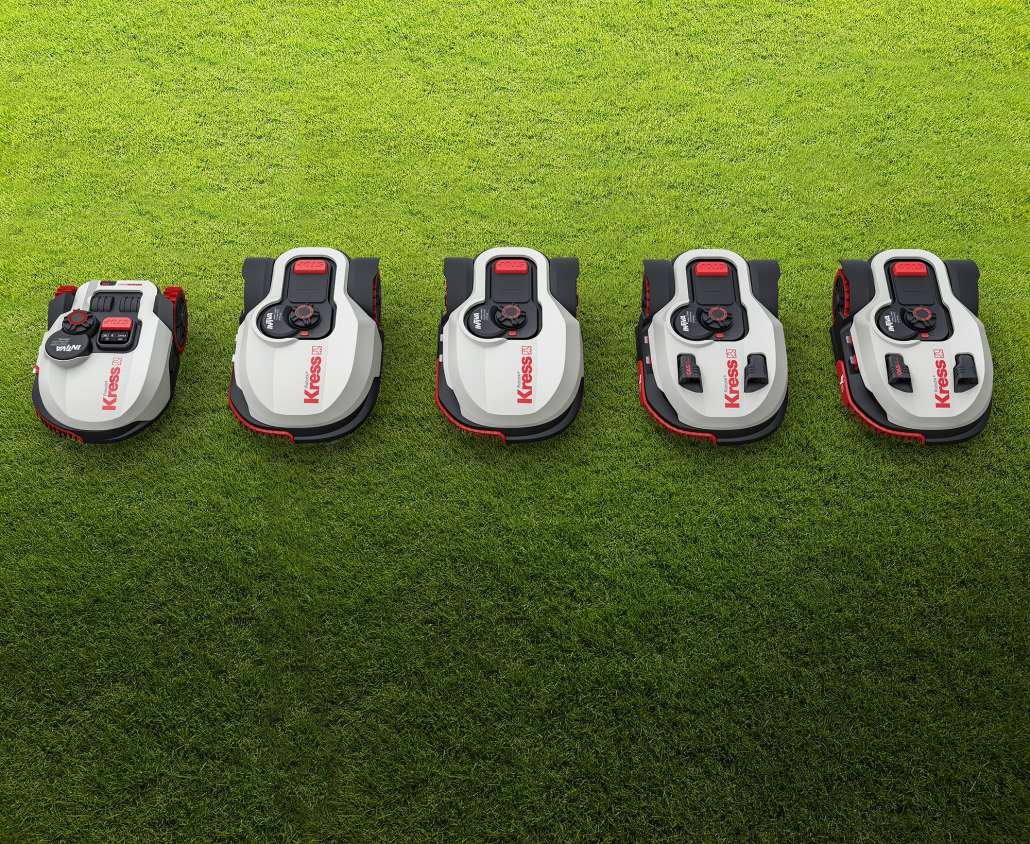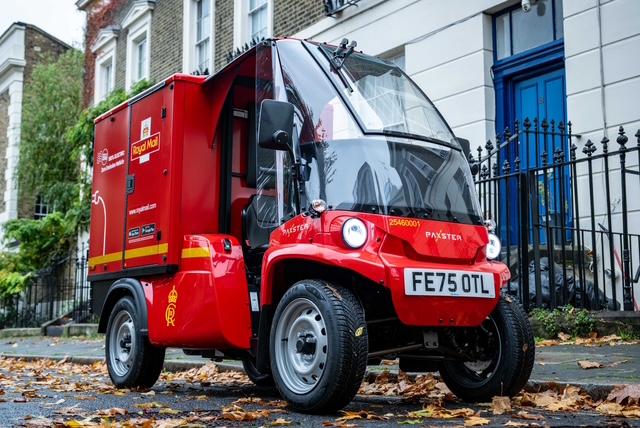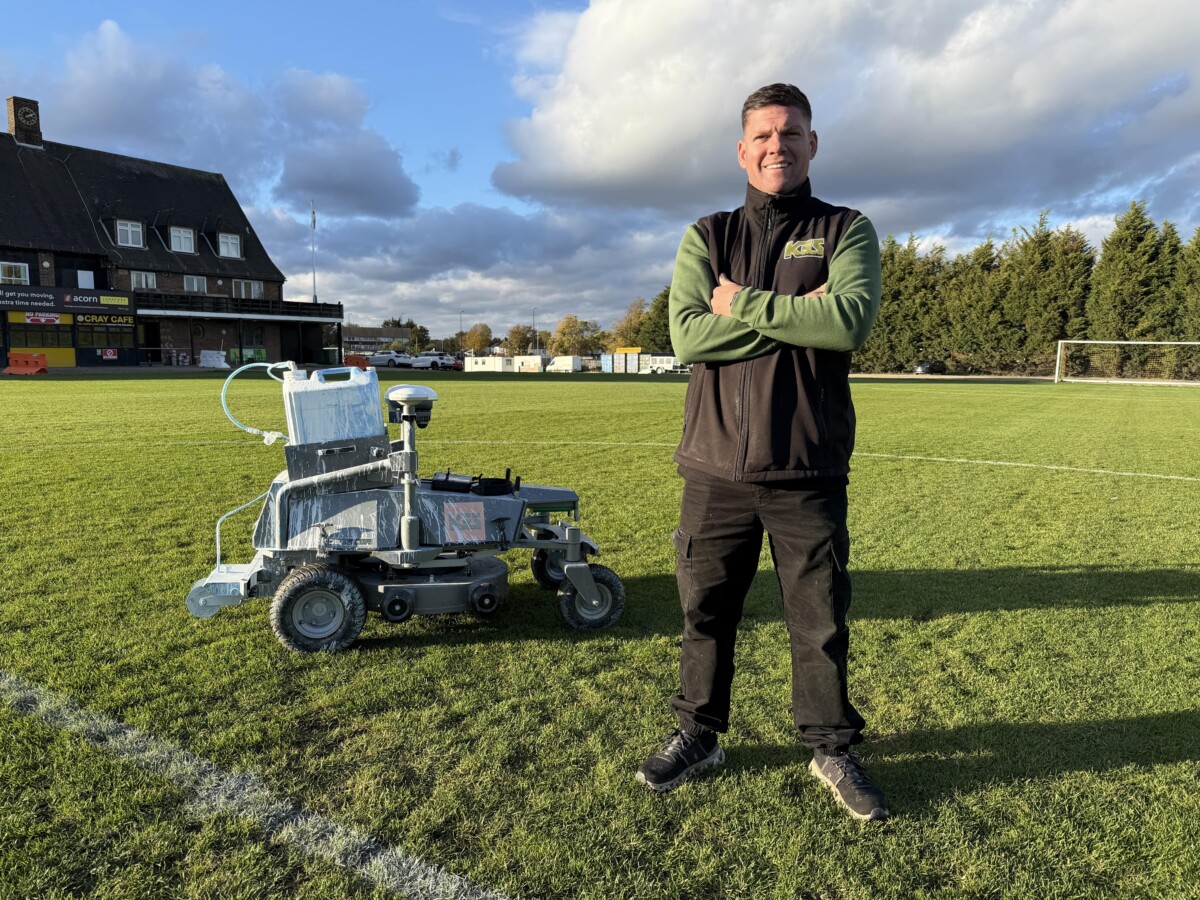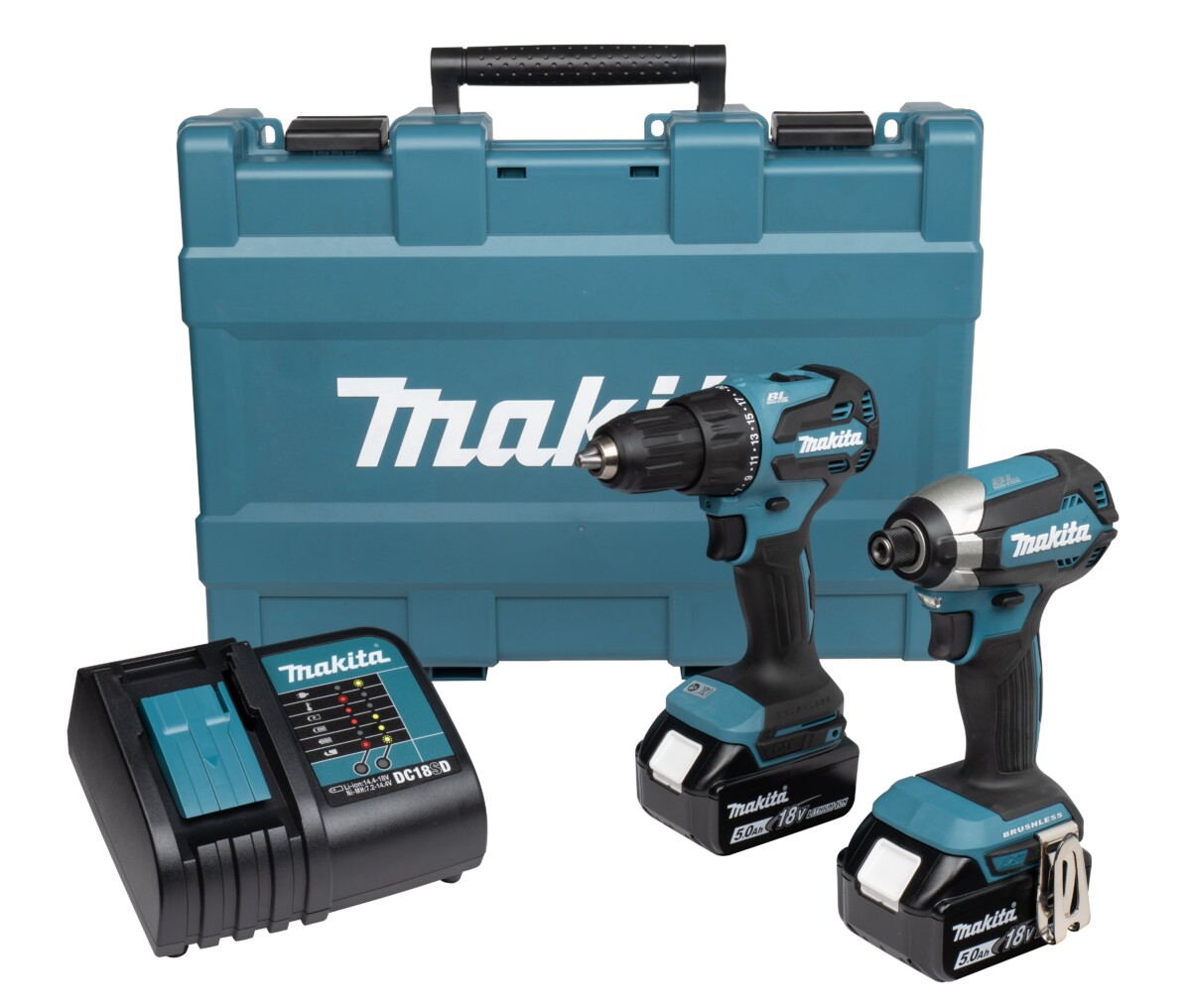Robotic mower top tips: Looking to buy a robotic mower? If it’s your first time dipping your toes into this gadget world, here’s ten tips on what you need to know:
1 – You will need to measure out the area you are looking to cut as most mowers are chosen according to the upper limit on the size they can cut over a period i.e. 2000 square metres over five days, a total of approximately ten hours a week. Ideally you want a mower to cover the area quickly and most efficiently. This usually means choosing a mower that doesn’t waste time by stopping a lot, and turns instead of reversing, stopping, then moving off. This stop and starting makes the mower less efficient.

Robotic mower top tips
2 – What about the edges? The closer the robotic mower can cut up to the edge of any lawn, the less time you have to spend in cutting that edge. The best robotic mowers on the market are the ones that have side trim technology. This means they can leave the smallest possible edge to trim or none at all, depending on layout.
3 – Garden zones and complexity also makes a difference to which mower you choose. If you have both a back and a front lawn, you need a mower which you can set up in zones to cover more than one area. You also need to have a mower that can move between these zones easily. If, for example, you have a narrow passage or strip of grass between zones, look out for a robotic mower that can traverse a narrow passage without getting stuck and one that will still cut that strip of grass as it travels between the zones.
4 – What about the weather? It is a good idea to choose a robotic mower that has a weather sensor on board as cutting wet lawn is bad for the grass and can damage it if the mower’s wheels slip in the mud. A rain sensor means your mower will automatically decide whether to go out and cut the lawn and cease cutting when it begins raining, going out again once it’s stopped, after a time to allow the lawn to dry.
5 – Does it have slopes and how steep are they? If you have sloping lawns or hills within the area you are looking to cut, make sure the robotic mower can handle these gradients without slippage.
6 – Charging stations are an important consideration. Most robotic mowers have a large flat dock they sit on which can take up a lot of room and look untidy, especially as they reverse and wear the grass around their base. The more advanced mowers on the market have discrete, side-charging docks on a grid-base which allows the lawn to grow through, making it almost hidden and definitely more pleasing to the eye.
7 – Another consideration is maintenance. As the mower will be going out for ten hours a day, five days a week, you ideally want to make sure that the mower has durable blades that can cope with the continuous cutting. Look for a robotic mower that has a deck that rotates both ways while cutting, optimising both sides of the cutting blades and reducing maintenance in half.
8 – Apps and wifi. Some mowers on the market have an app which provides an easy way to set-up your robotic mower and programme it or adjust the schedule from anywhere, at any time. It’s also a great way to keep tabs on how much mowing your mower has done and how many hours the blades have been in use – very useful to know when it’s time for a service.
9 – Modular – to future proof your robotic mower, look out for mowers that you can easily upgrade certain features or add features to later down the line, when technology advances. This also means you are not paying for features you don’t need, but have the option to choose them should you wish to get them in the future.
10 – Obstacle avoidance. Most robotic mowers on the market will hit into objects that are in front of it. This can cause damage to the mower itself or to the object it hits. Most importantly the mower will have to stop, reverse, stop and start over again making it less efficient. Most mowers get around this problem by physically excluding them when you are laying the boundary wire. Currently there are only a few mowers on the market which have solved this problem by having obstacle avoidance sensors on board, allowing the mower to go right up to the object and then curve around it like a slalom skier. This saves time during cutting without needing to stop and reverse, as well as effort on installation, and in the future as for additions to the garden.


























